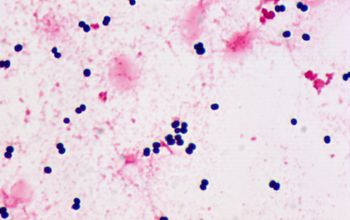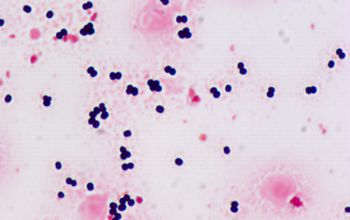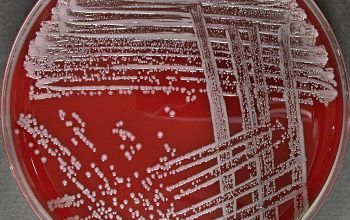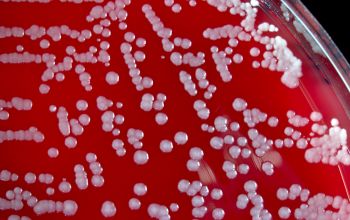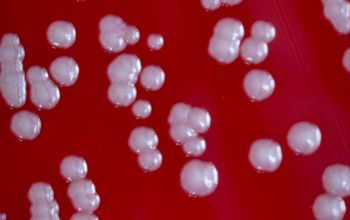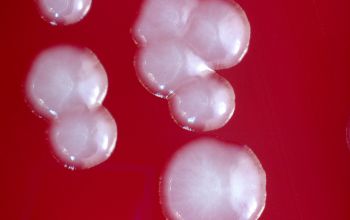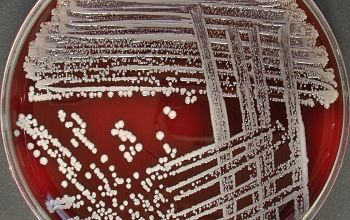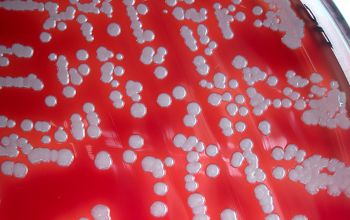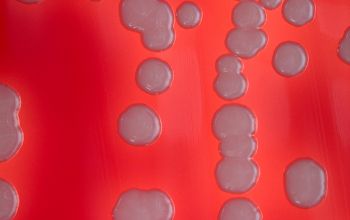Staphylococcus hominis
-
General information
Taxonomy
Family: Staphylococcaceae
Natural habitats
They are part of the normal skin flora.
Clinical significance
S. haemolyticus and S .hominis are preferentially isolated from axillae and pubic areas high in apocrine glands
They have a relatively low virulence and can cause infections in patients with lowered resistance, especially in immune compromised patients.
CNS infections occur in implantation of foreign objects, such as intravenous catheters or bone prostheses.
Is repeatedly CNS, in pure culture or in mixed culture isolated from the material, then this confirms the presence of an infection.
The correct identification of CNS is necessary in order to get an idea of the pathogens in this group.
-
Gram stain
Gram positive cocci, predominantly in singly, tetrads and pairs, 1.0-1.5 µm
-
Culture characteristics
-
Facultative anaerobic BA: medium to large, smooth, butyrous, and opaque, may be unpigmented or cream-yellow-orange Hemolysis may be weak sometimes.
McConkey: growth
BBAØ: growth (very poor)
-
-
Characteristics
-
References
James Versalovic et al.(2011) Manual of Clinical Microbiology 10th Edition
Karen C. Carrol et al (2019) Manual of Clinical Microbiology, 12th Edition

